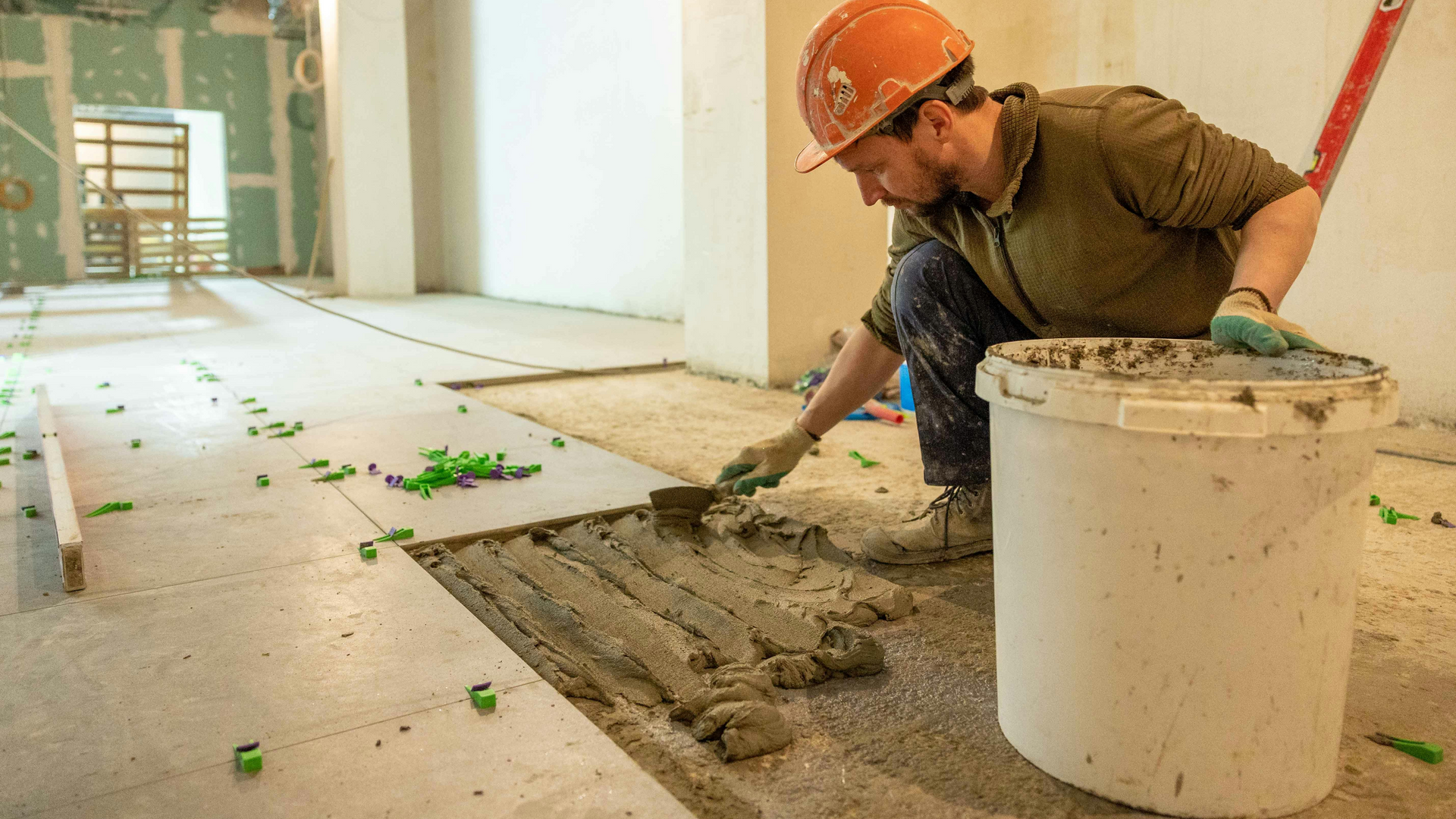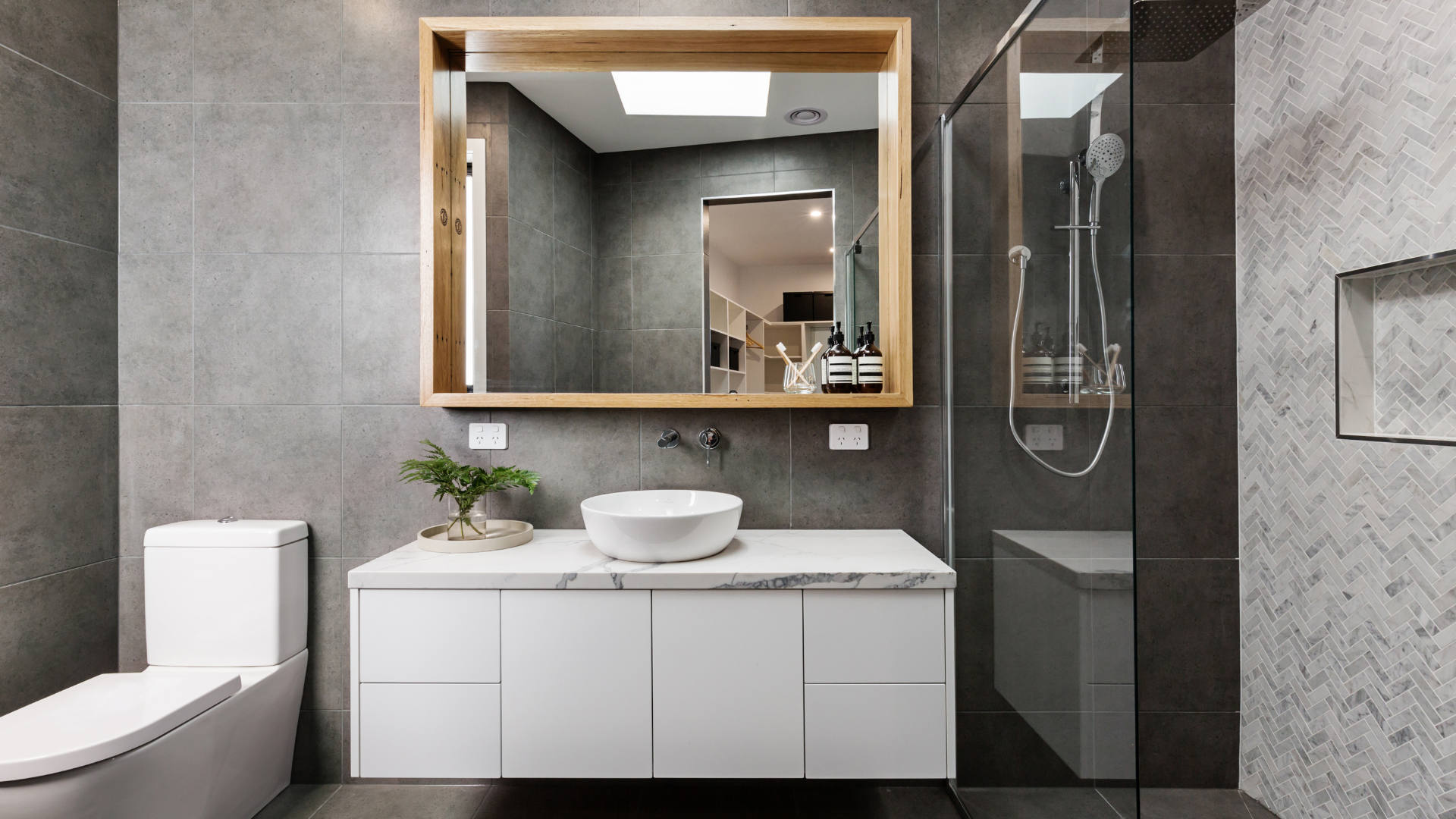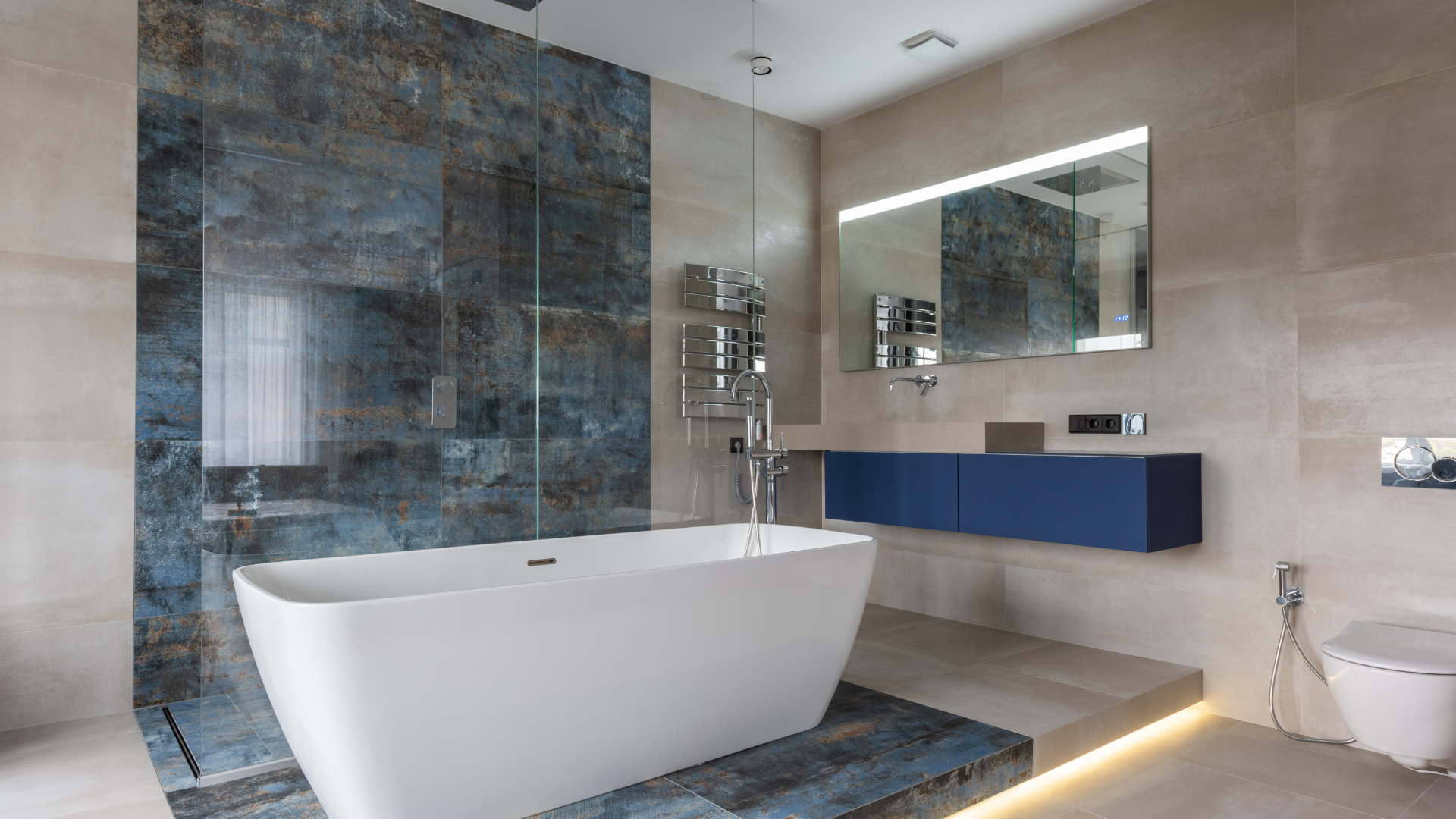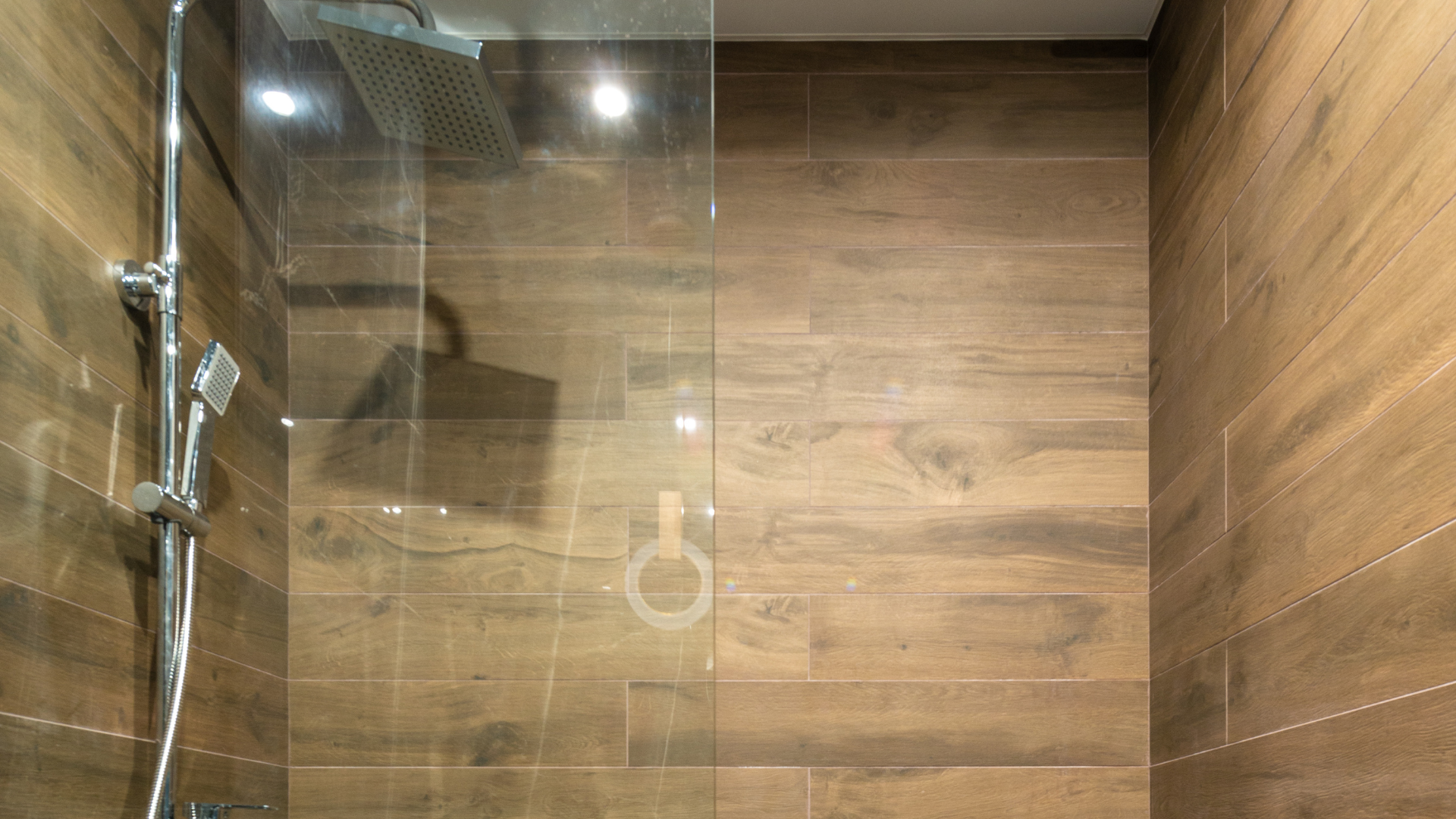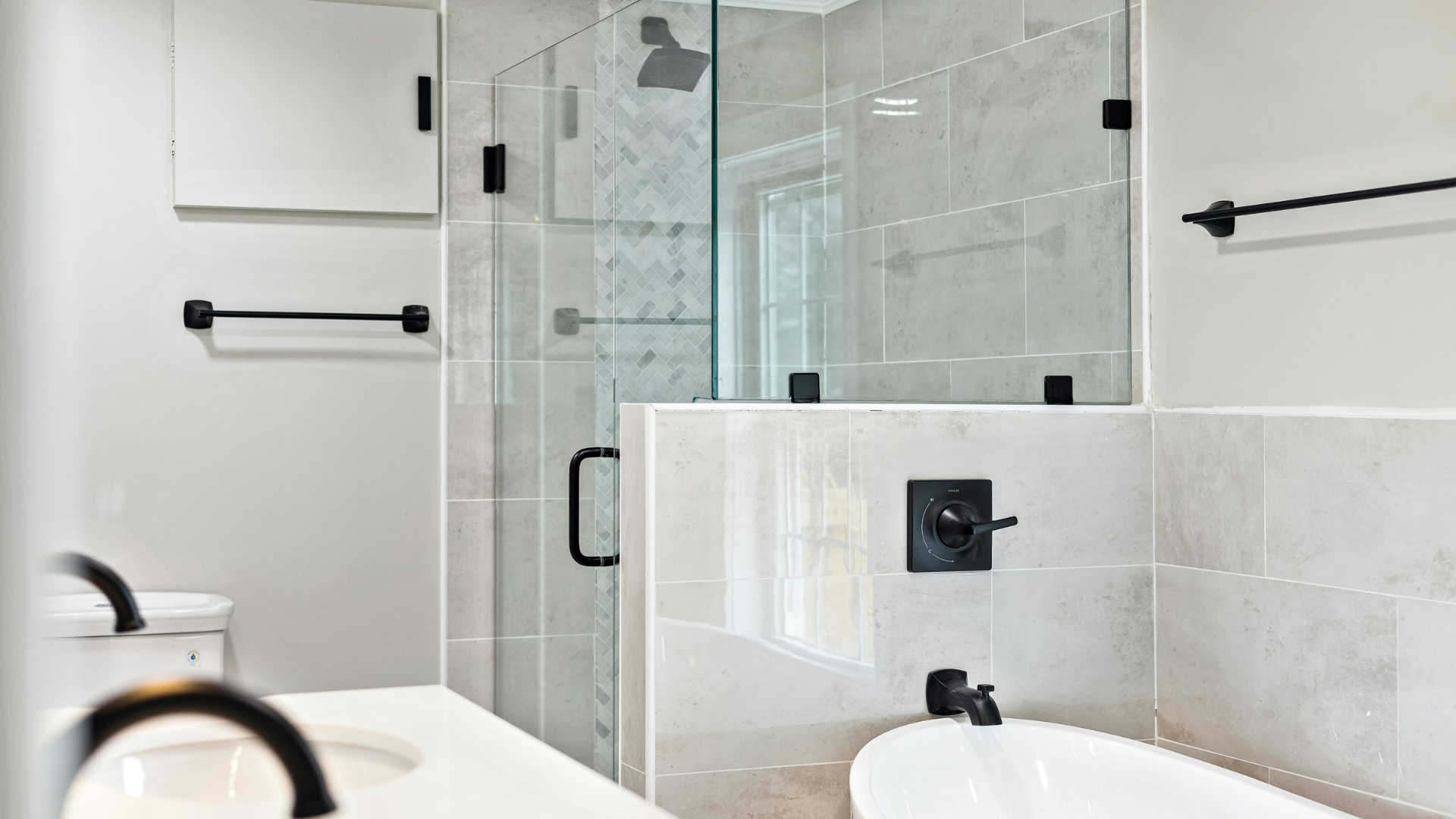Common Tile Installation Mistakes and How to Avoid Them
Skipping Proper Surface Preparation
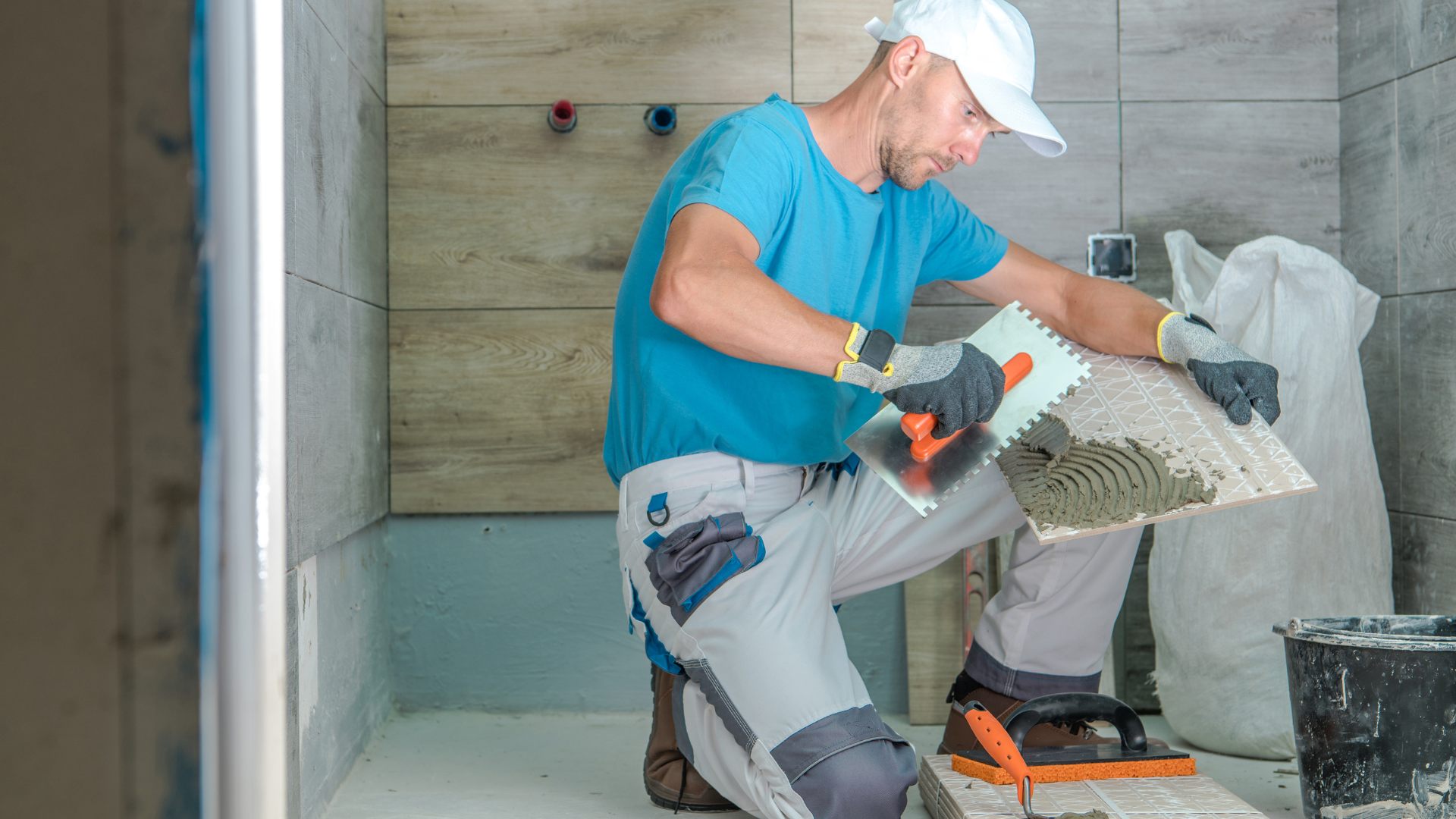
One of the biggest mistakes in tile installation is neglecting proper surface preparation. If the floor or wall isn’t clean, dry, and level, tiles may not adhere well, leading to cracks or tiles popping loose. Surface imperfections like bumps or holes can affect how tiles lay flat and cause unevenness. Taking time to clean and level the surface ensures a strong foundation that supports the tiles for years to come.
Skipping Layout Planning
Failing to plan your tile layout before installation can result in uneven spacing and awkward cuts. Without measuring and visualizing the layout, you might end up with tiny slivers of tile along edges, which can look unprofessional. Starting the layout from the center and working toward the edges helps maintain symmetry and balance in the design. Careful planning also helps reduce waste and saves time during installation.
Using Incorrect Adhesives or Applying Them improperly
Selecting the wrong adhesive or applying it unevenly is another common error. Different tile materials and surfaces require specific types of adhesives to ensure proper bonding. If the adhesive isn’t spread evenly or is applied too thickly or thinly, tiles may shift or fail to stick. Using the right adhesive and tools, like a notched trowel, guarantees better coverage and a stronger hold.
Overlooking Grout Application and Maintenance
Grout fills the gaps between tiles and plays a key role in keeping the installation secure and water-resistant. Incorrectly mixed grout or poor application can lead to cracking, staining, or water damage behind the tiles. Additionally, failing to seal the grout after it dries exposes it to moisture and dirt, reducing its lifespan. Proper grout application and sealing protect your tiles and keep them looking fresh over time.
Rushing the Installation Process
Trying to speed through tile installation often causes avoidable mistakes. Rushing can lead to improper adhesive curing, misaligned tiles, and sloppy grout work. Taking your time during each step—from surface prep to finishing grout—ensures accuracy and a professional finish. Patience throughout the project results in a durable, attractive tile surface that will last for years.
Ready to make your bathroom more accessible? Contact us today to schedule a consultation and start planning your ADA bathroom remodel!


